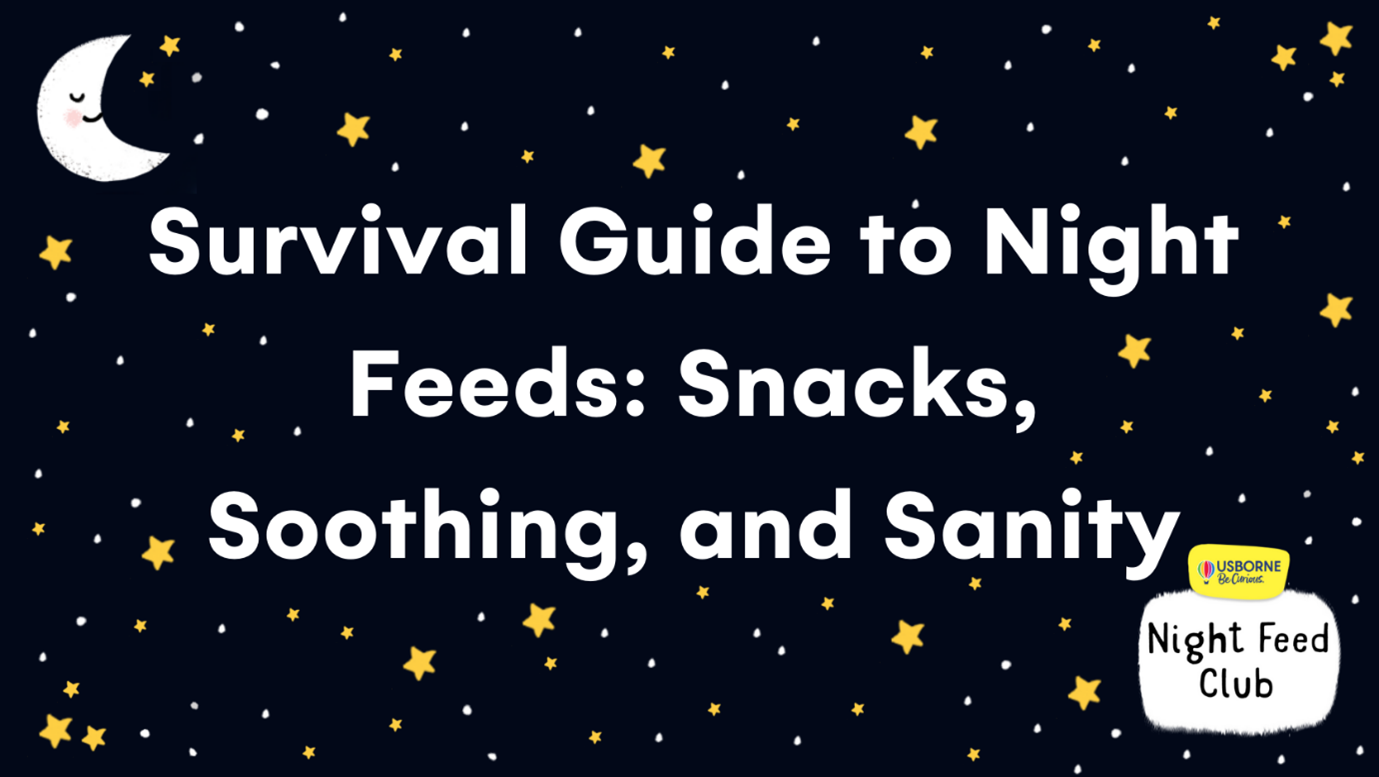- Tips and expert advice
Zanna's Nature Notes: Nature's Mysteries
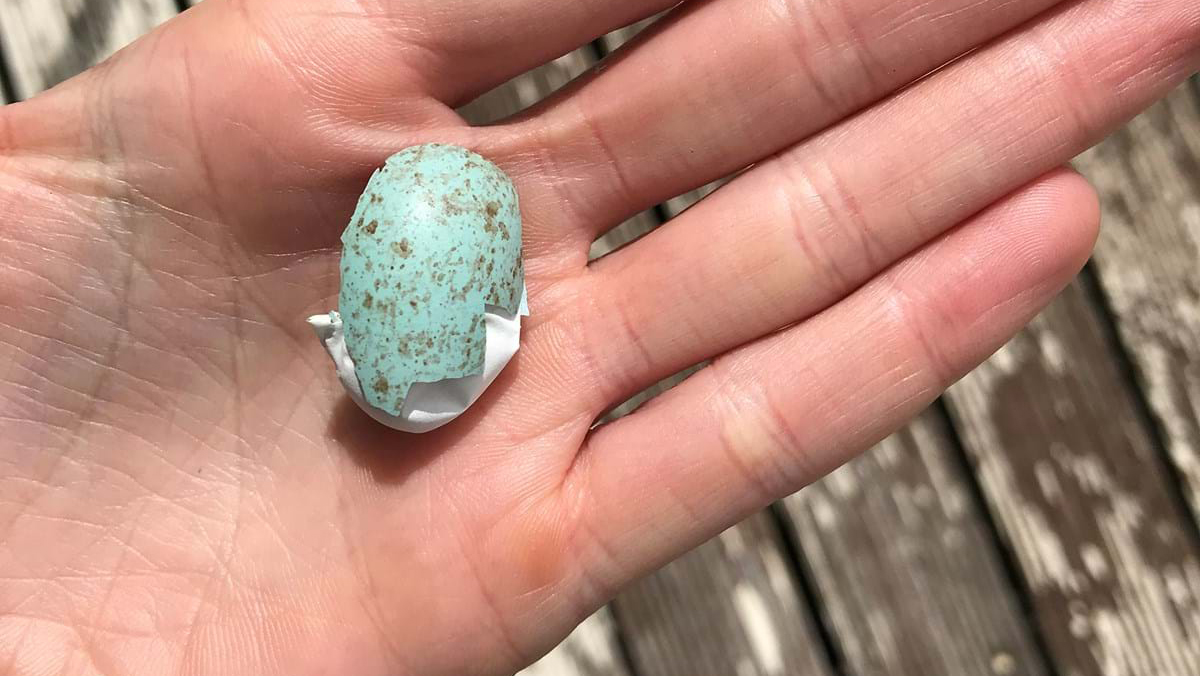
Discover the amazing natural world around you with Usborne author Zanna Davidson.
Nature, it turns out, is full of mysteries. Sometimes it’s a bird, zooming overhead, far too fast for me to identify. Other times, it’s a heap of feathers on the ground. Who did they belong to? Why are they here? Or it could be animal tracks in the mud, or a strange call in the dark?
But this week, I wanted to look at one of the strangest mysteries of all… LUMPS AND BUMPS!
It began back in April, when I noticed clumps of round, woody balls on the oak trees on our walk down to the village.
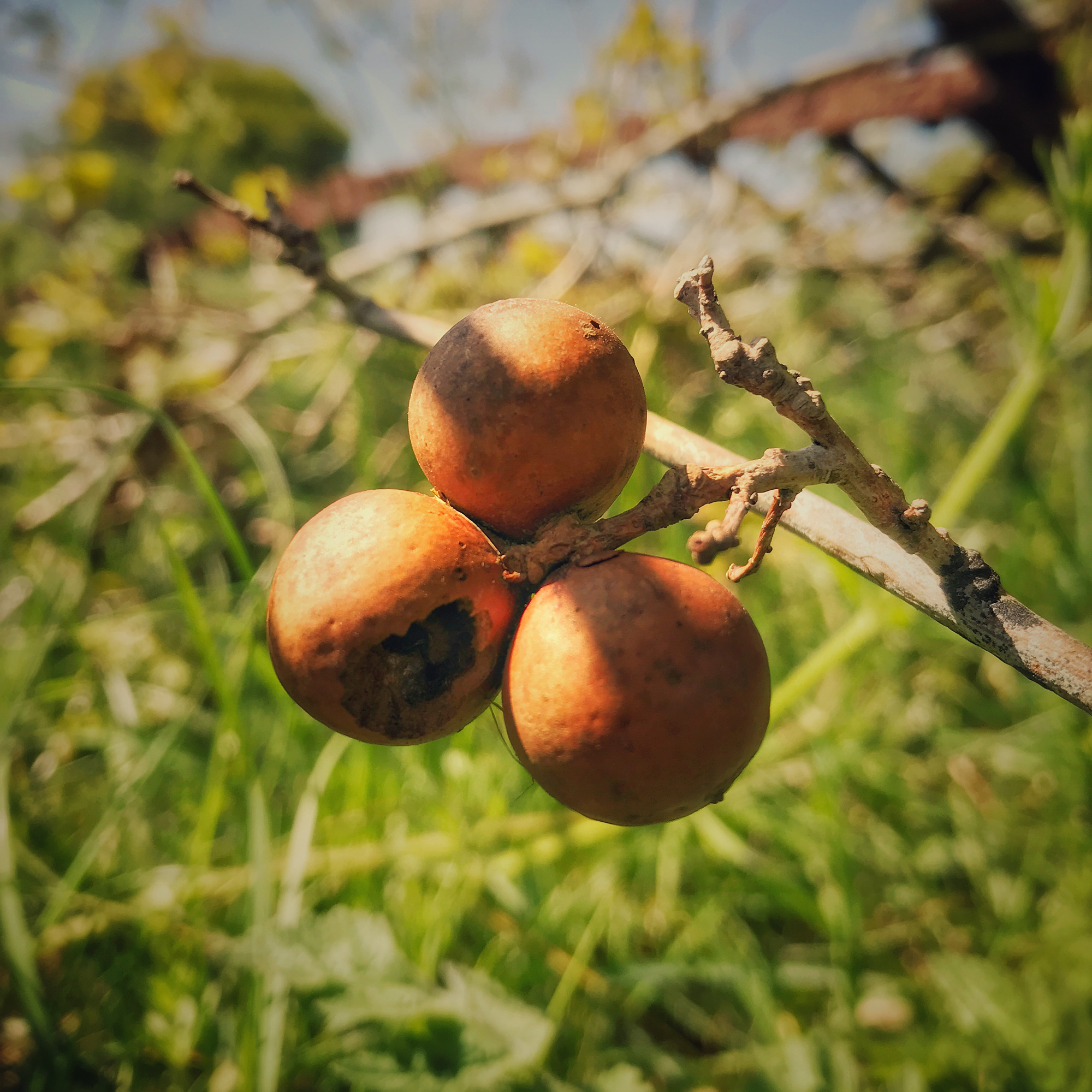
Strange woody balls on the oak tree. They’re definitely not acorns. What could they be?
A few months later, I saw something similar on the leaves of an alder tree - only this time, the lumps were tiny and green.
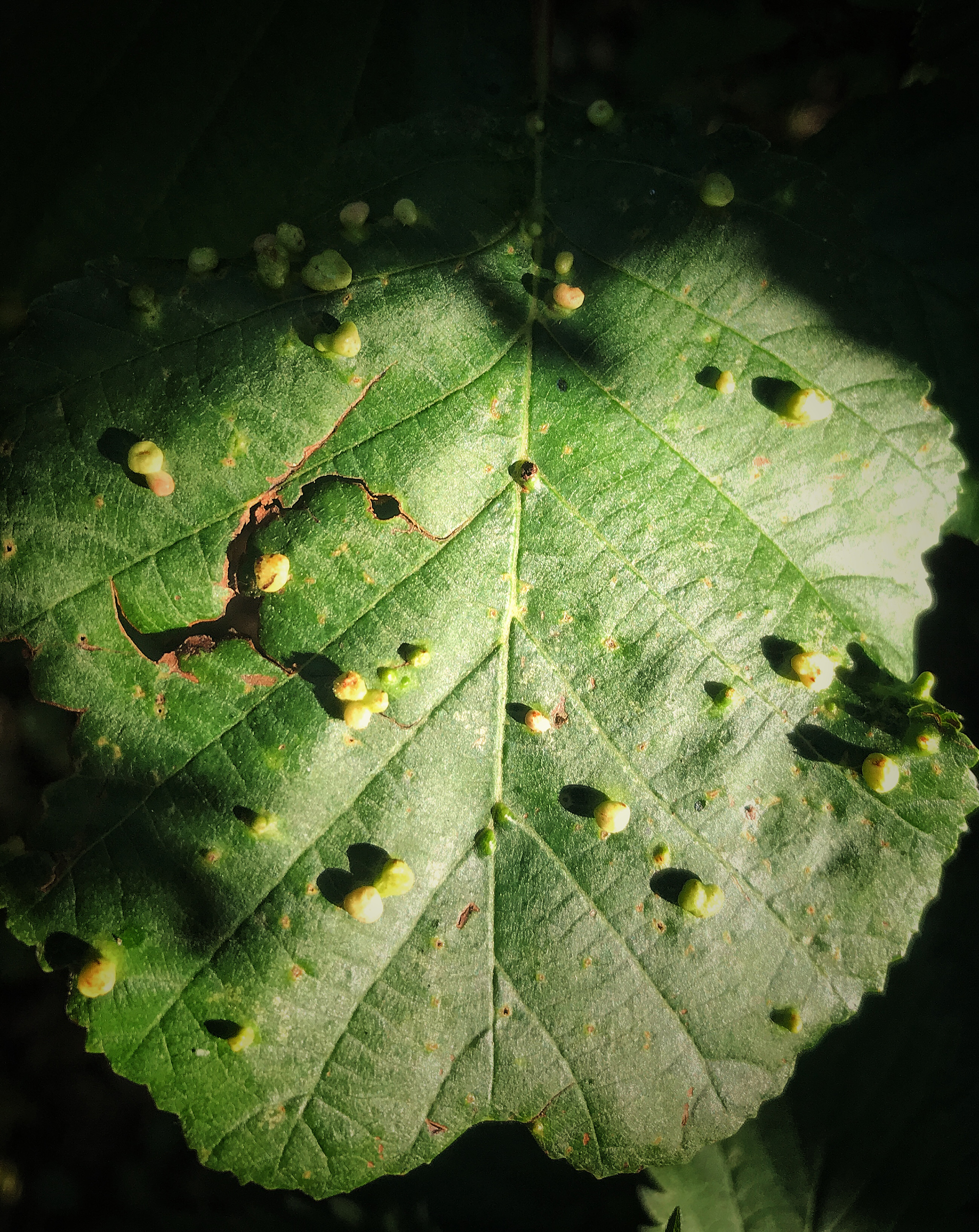
Lots and lots of lumps this time… does the tree have a disease?
And then, most bizarre of all, THIS on the leaf of a wild rose. It’s bright red, and looks more like a sea creature than anything you’d expect to see on land. What’s going on?
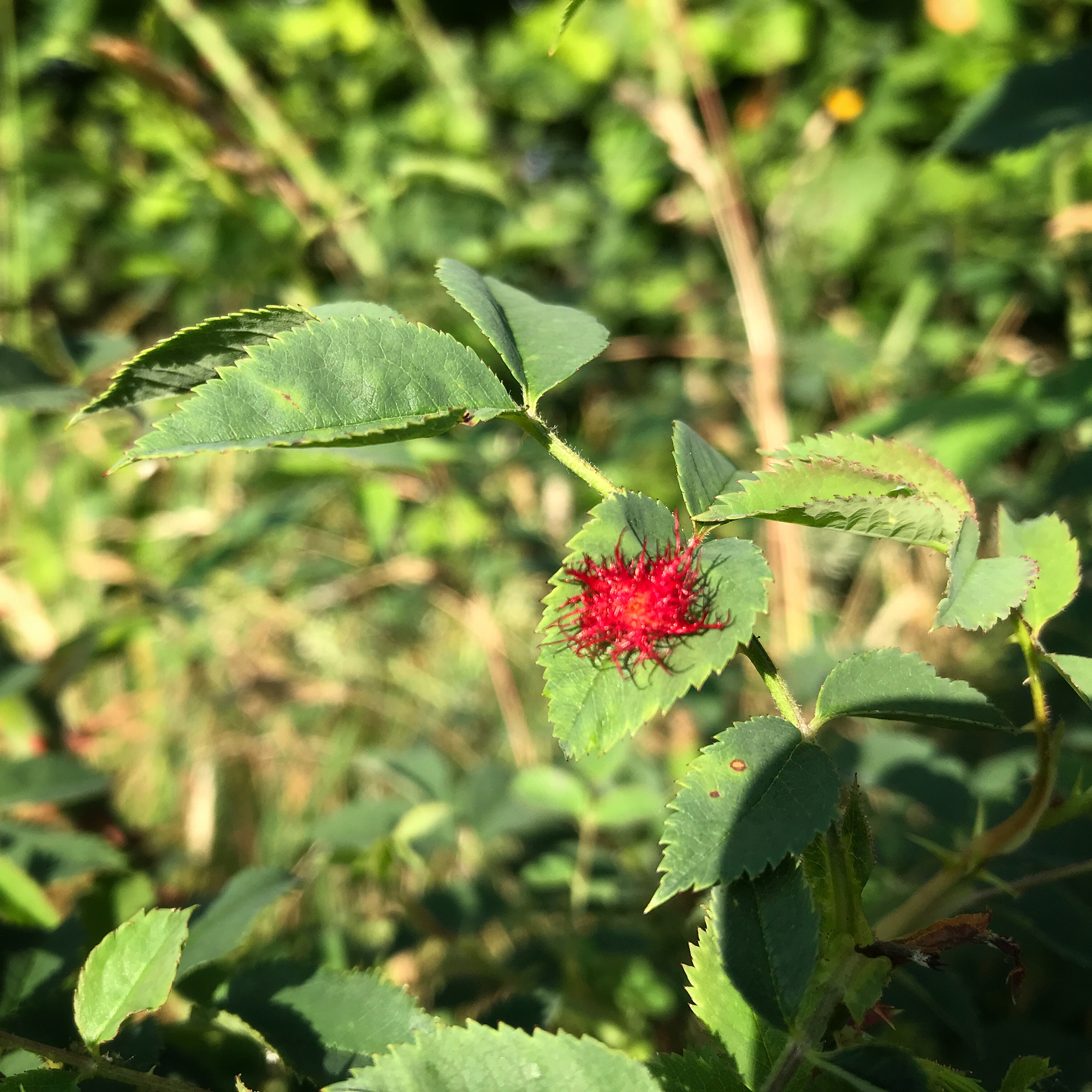
A scarlet, hairy growth on the leaf of a wild rose. Very mysterious!
I started investigating… and was amazed at what I discovered. I could never have guessed it!
Each of these growths, known as galls, were made by tiny insects, less than a few millimetres long. And it all started very shortly after they hatched.
The first gall - the one on the oak tree - was made by the larvae, or grubs, of the oak marble gall wasp. The female gall wasp had laid her eggs on the twigs of the oak tree. When the eggs hatched, the grubs released chemicals that changed the way the oak tree grew. Instead of growing normally, it began to form these round woody structures, which grew around the developing grubs, providing them with shelter, food and nutrients. ISN’T THAT INCREDIBLE!
The galls on the alder leaf were made by tiny mites. When the mites are fully grown, they leave the gall through a tiny hole under the leaf. Then they spend the winter hiding in crevices in the tree bark.
The last, sea creaturely-looking thing, is called a Robin’s pincushion. Like the oak galls, this one is caused by the larvae of a gall wasp, only by a different species. Inside each gall are lots and lots of tiny grubs. They’ll stay inside the gall all winter, finally emerging in the spring as adults.
Scroll down for answers!Solve your own nature mystery




Nature mystery quiz answers
Mystery egg 1: Robin
Mystery eggs 2: Pigeon
Mystery feather 1: Jay
Mystery feather 2: Pheasant


